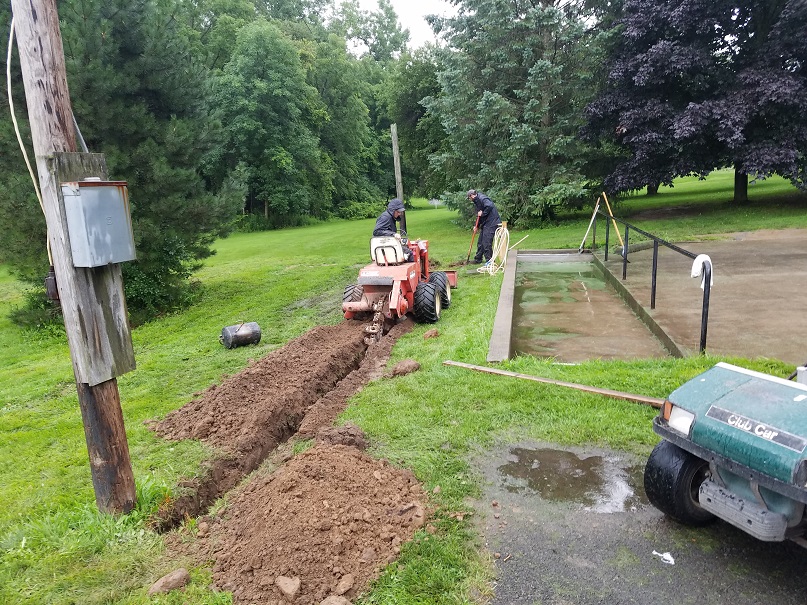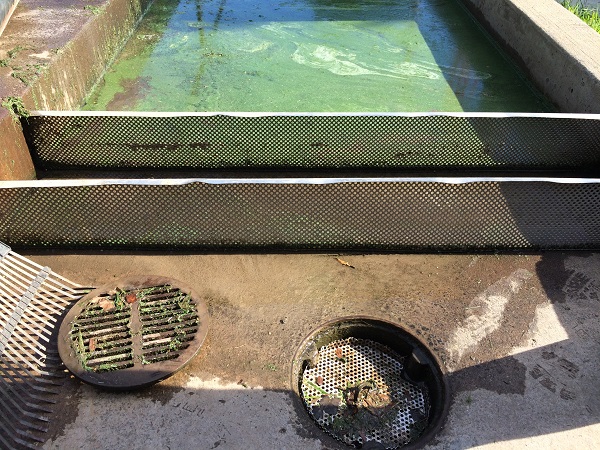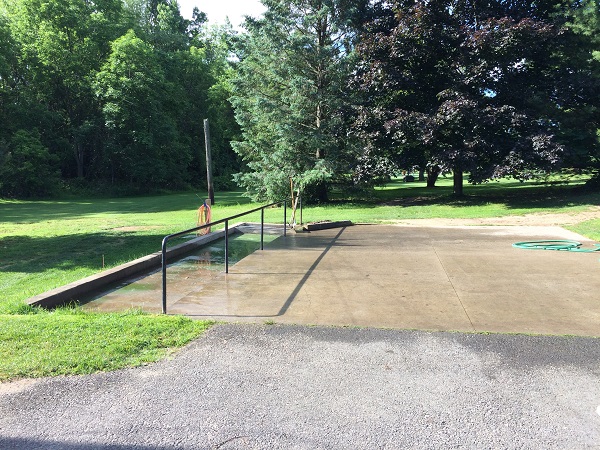Stewardship of the natural resources on New York State Golf Courses is the guiding principle behind the establishment and implementation of our Best Management Practices. The media, activists and a muted industry shape public perception, which in turn influences public policy. Try as we may, the golf industry is facing an uphill battle with the majority of the public regarding perception of our stewardship of the New York State’s natural resources. Further, an activist element exists in NY focused on health effects of pesticides and nutrients applied to the land, from farms and orchards to sports fields, lawns, and golf courses. Short term, developing relationships with members of our community off the golf course, educating members on the golf course, and communicating the “natural capital” of the course to policy and the regulatory community is critical.
The “long play” is to have data that tells the story. In an age when reputable sources of information are under siege by the “snap-face-chat-tweet” industry, collecting data that demonstrates action seems to be the best form of a quiet revolution. You can hide from contributing the data we need for BMPs to be tailored to our needs, you can avoid learning about aspects of your course may not entirely understand, but in the end, we each will be held accountable for how we steward the land under our care.
Not all of us can be a Ted Horton, Dan Dinelli, Anthony William or Matt Ceplo. But we can all be recognized for doing our part in shaping the future of environmental stewardship on golf courses in the 21st century. It takes very little time to answer the questions on the assessment of your knowledge, maybe a few more minutes to reflect on the survey of your current practices and their alignment with what science says right now is BEST-not good, not very good-but BEST.
Take 20-30 minutes and take the quiz and survey. It works on your phone, your desktop, laptop and tablet, it’s not sexy but it works. I doubt you will feel any excitement when you are done with the process, but knowing that you are making the long play for the high ground of environmental stewardship might provide a sense of greater accomplishment. It’s what’s BEST!





















